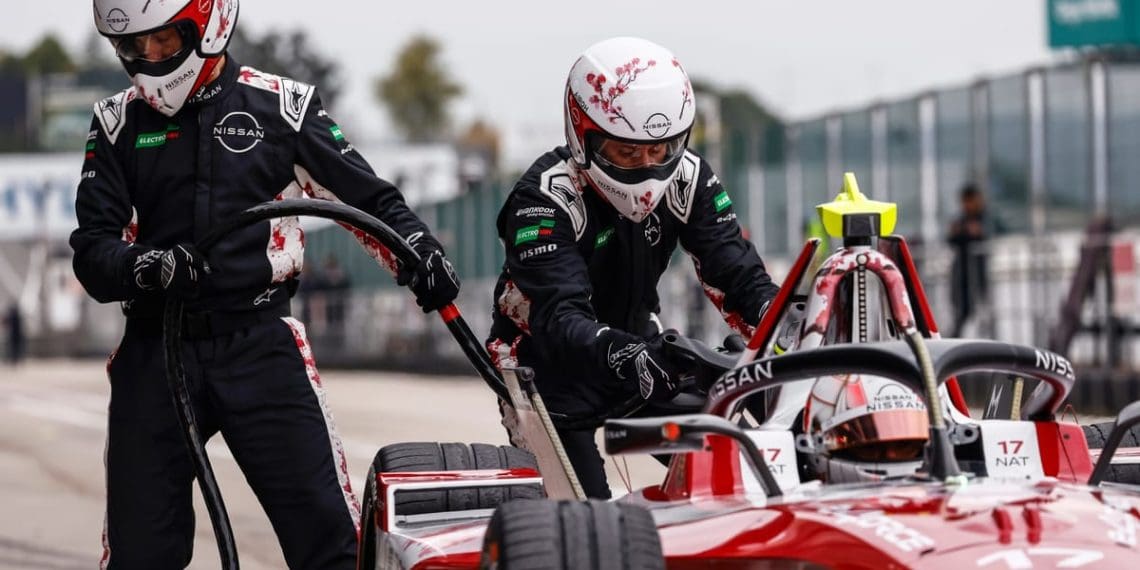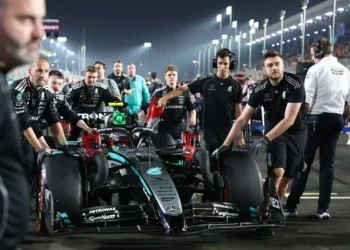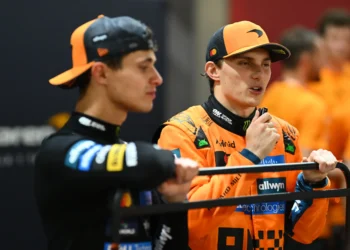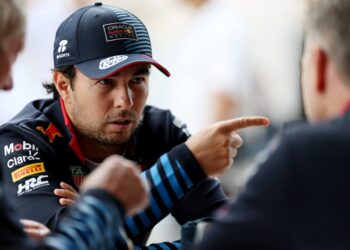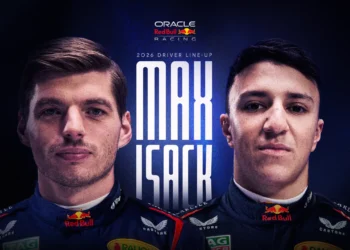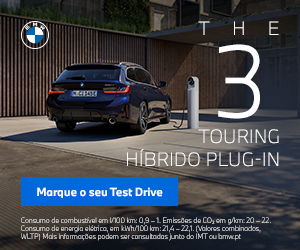The wait is over. After months of speculation, Formula E’s new Pit Boost system made its highly anticipated debut at the first race of the Jeddah E-Prix, bringing a fresh layer of strategy to the all-electric championship.
While Pit Boost undeniably delivered an electrifying finish, its impact on the race dynamic left many with mixed feelings. Did it live up to the hype? Or did it just interrupt the natural flow of racing?
How Pit Boost Shook Up Jeddah
Under the new Pit Boost rules, drivers were required to make a 34-second mandatory stop, with 30 seconds of actual charging once they dropped to a 40-60% state of charge. The idea was to showcase EV rapid-charging technology while adding a strategic wrinkle to races.
But instead of the energy-saving pack racing that has defined the GEN3 era, the Pit Boost format made Jeddah feel more like a traditional open-wheel race—for better or worse.
While the start and finish delivered the high-octane action Formula E is known for, the middle portion of the race slowed to a crawl as teams cycled through their mandatory stops.
“I think just understanding how to use the energy in the Pit Boost is going to be quite a big discussion point,” said Jake Hughes, who was the first driver to pit.
With cars diving into the pits at different times, fans and teams alike struggled to keep up with the constantly shifting order, especially on the short 1.865-mile Jeddah street circuit.
Rowland vs. Guenther: A Tactical Duel Decided on the Last Lap
Despite the chaos, the race still produced an unforgettable finish.
Longtime leader Oliver Rowland tried to build a gap before pitting, but Maximilian Guenther played the long game, saving his Attack Modes and energy for a late charge.
“I wasn’t amused [coming out in eighth], but I knew I had two Attack Modes left and that we could recover,” Guenther admitted.
And recover he did. Guenther reeled Rowland in over the final laps, finally passing him at the Turn 14-15-16 chicane just before the checkered flag—becoming the first polesitter in 17 races to actually convert a Formula E pole into victory.
Rowland, who led most of the race, later admitted he miscalculated Guenther’s energy advantage and could have raced differently.
“If I had known how much energy he had, I would have kept my target higher to defend better,” Rowland conceded.
Is Pit Boost Here to Stay?
The debut of Pit Boost left teams with plenty to digest, and the jury is still out on its long-term viability.
“First, let’s get it working. Today was a clean race, but we’re going to have some hiccups when full-course yellows or safety cars come out,” Rowland warned.
“In the future, maybe we could tweak it—perhaps adjusting energy levels based on stop duration.”
Guenther, however, was far more enthusiastic about what Pit Boost brings to the series.
“It just shows Formula E’s progress in terms of technology. To charge a car 10% in 30 seconds under race conditions is incredible,” he said.
What’s Next? A Completely Different Race on Saturday
The second race of the Jeddah E-Prix doubleheader will not feature Pit Boost, meaning fans can expect a return to Formula E’s traditional energy-saving tactics.
“I think we’ll get a race like Portland or Misano—high energy-saving, chaotic, and probably with a winner from 15th,” Rowland predicted.
With two vastly different styles of racing across the weekend, it remains to be seen which format Formula E fans prefer. But one thing is certain: Pit Boost has the potential to shake up the championship—whether fans like it or not.

